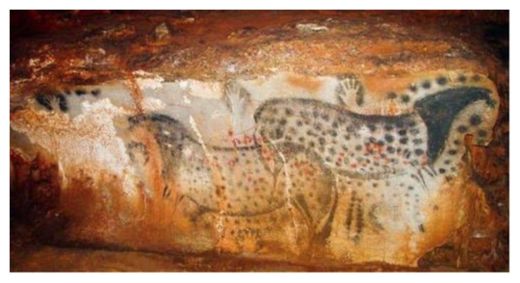OF THE
TIMES
Warsaw wants to host NATO arms under the bloc's sharing scheme. Who is that „Warsaw”? All the Warsaw's inhabitants, maybe? Really? Or perhaps...
Moscow describes it as a proxy war being waged by Washington and its partners, using Ukrainians as "cannon fodder" to further Western interests....
As far as I can make out this is an official UN Document now archived, the term of service in this link seems to confirm the authenticity, read a...
Whadda think the teacher is gonna look like this year....[Link] Ah the good old days when music videos were fun and not satanically symbolic.
🪓🪛 will work, besides pulling out the wires.
To submit an article for publication, see our Submission Guidelines
Reader comments do not necessarily reflect the views of the volunteers, editors, and directors of SOTT.net or the Quantum Future Group.
Some icons on this site were created by: Afterglow, Aha-Soft, AntialiasFactory, artdesigner.lv, Artura, DailyOverview, Everaldo, GraphicsFuel, IconFactory, Iconka, IconShock, Icons-Land, i-love-icons, KDE-look.org, Klukeart, mugenb16, Map Icons Collection, PetshopBoxStudio, VisualPharm, wbeiruti, WebIconset
Powered by PikaJS 🐁 and In·Site
Original content © 2002-2024 by Sott.net/Signs of the Times. See: FAIR USE NOTICE

...that women were the painters.
We've all seen photos of cave art, in which the animals were not true to life. Check the example in the above article.
Given that men were the hunters, then wouldn't they have painted real animals, from their own memory?
If women were the painters, then their depictions of animals would be based on their memory of the verbal descriptions from the men.